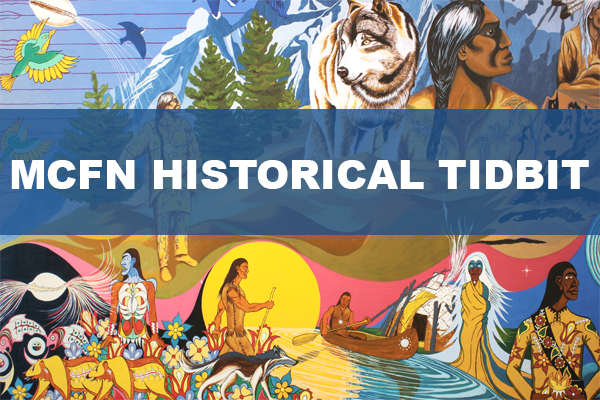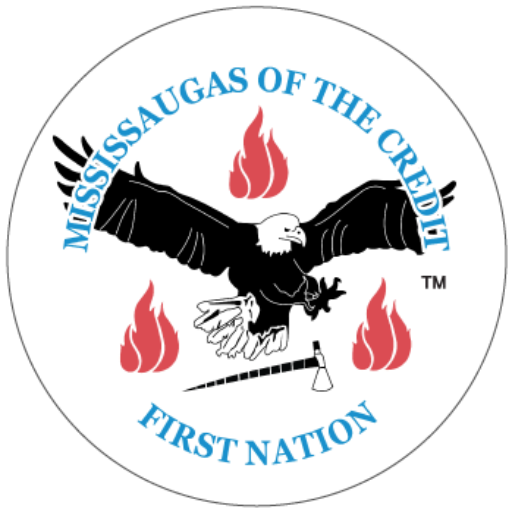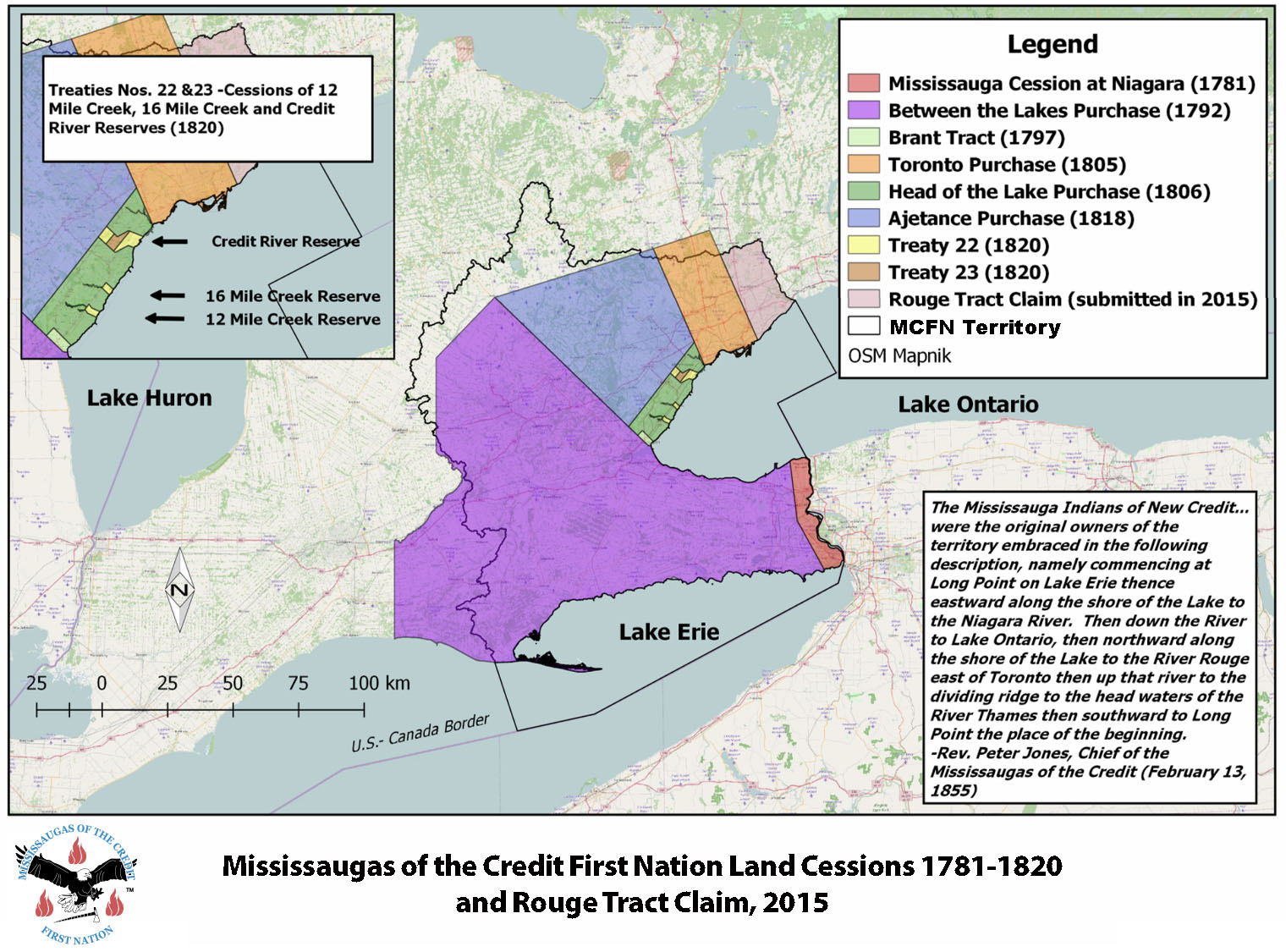Historical Tidbit – A Visit to Windsor Castle
Posted on April 27, 2020

If one was going to visit Queen Elizabeth, what would one wear for the occasion? Would you put on your very best attire before approaching her Majesty, or would a casual, relaxed selection from your wardrobe be acceptable. What if you were representing your First Nation- would traditional dress be your choice? Very few people actually get to meet their monarch, but two Mississaugas- one a chief of the Credit River people, and the other a former member of the Credit River band, met their Queen in the 1800s.
On September 14, 1838, Rev. Peter Jones, missionary and Chief of the Mississaugas of the Credit, arrived at Windsor Castle to have an audience with Queen Victoria, monarch of the British Empire. Jones was to present to the Queen a petition, on behalf of his people, requesting title to their reserve lands at the Credit River. Before actually meeting the Queen, however, a question had to be resolved: What would Jones wear before the Queen? Jones tells of the dilemma in his diary:
His Lordship [Lord Glenelg, Colonial Secretary] appeared glad to see us, and gave us a hearty shake of the hand. The conversation was about the costume in which I should be presented to the Queen. His Lordship thought I had better appear in the English dress, as he did not know what the Indian dress was, and therefore did not know if it would be proper to appear in it and asked if it was like the Highland Scotch dress? We informed His Lordship that it was not like the Highland dress, but that it was a perfect covering, and that I had appeared in it at large promiscuous assemblies. Lord Glenelg then said he would go and speak to, Lord Melborne on the subject. He was absent a few minutes, and on his return said that Lord Melborne thought I had better appear in my English dress. So we left Lord Glenelg with the understanding that I should come up to the Castle in my English dress; but to bring my Indian costume to the Castle. Lord Glenelg came to the inn in about half an hour after we had left the Castle, and said that he called in order to request that I would bring with me the whole of my dress to the Castle. At about half-past 2 p. m. we rode in a close fly to the Castle and on appearing before His Lord ship, I showed him the Indian costume, and when he had looked at it, he said I had better begin to put it on. I said if His Lordship thought it best to put it on I should. He replied that it was, and asked how long it would take me to dress? I said about twenty minutes. His Lordship then left us the use of his room to dress in. I then proceeded with the assistance of Mr. A. to undress and to put on the Indian costume as fast as I could, and finished dressing by the time specified above.
Although a respected Methodist clergyman, Jones often wore traditional garb in the many speeches he gave throughout Britain to raise money for mission work back in Canada. A showman, as well as a minister, he knew his traditional attire would draw the curious to his talks, and hopefully, he could then convince them to contribute to his cause. In time, Jones would refer to his traditional dress as his “odious Indian Costume”. Why would Jones refer to his traditional dress in such a fashion? Perhaps a clue can be gleaned from a letter written by Nahnebahnwequay (Mrs. Catharine Sutton). “Nahnee” was born at the Credit River Mission Village in 1824 and lived there until she moved to Nawash in 1846. A fierce advocate for her people, she found herself in England on June 19, 1860, to present the grievances of the Nawash people respecting their lands and rights to Queen Victoria. Like Peter Jones before her, the issue of what to wear before the Queen was an issue. Her people desired that she wear traditional dress before Victoria, but Nahnee would not do so and dressed as would any of her respectable settler neighbours back in Canada. The British press reported her sentiments:
“This is the way we dress… we are not pagans…we try to be like white people…and do what we can to be civilized people.”
Nahnee was not ashamed of her people when she said, “we try to be like people”, but was articulating that she and her people wanted to enjoy the same respect and rights enjoyed by Her Majesty’s other subjects throughout the Empire.
Jones, at the Credit River Mission Village, had seen his people pulled back from the brink of extinction and transform themselves into highly successful farmers with a village containing mills, mechanic shops, a school, and church. Perhaps wearing his “odious Indian Costume” seemed a symbolic move backwards to a time when his people were faced with a shrinking land base, suffering the collapse of their traditional economy, were ravaged by disease, and afflicted with despair. While the transformation from a traditional lifestyle to an agrarian one had not been an easy one, the Mississaugas could pride themselves on their resiliency and adoptability. Nahnee, who had grown up in the Mission Village, was proud of her people and the way they had shown themselves every bit as capable and worthy of respect as any settler in Canada.
To learn more about Pere Jones or Nahnee, read Donald B Smith’s, Mississauga Portraits:
Ojibway Voices from Nineteenth-Century Canada and Sacred Feathers: The Reverend Peter Jones (Kahkewaquonaby) and the Mississauga Indians.

